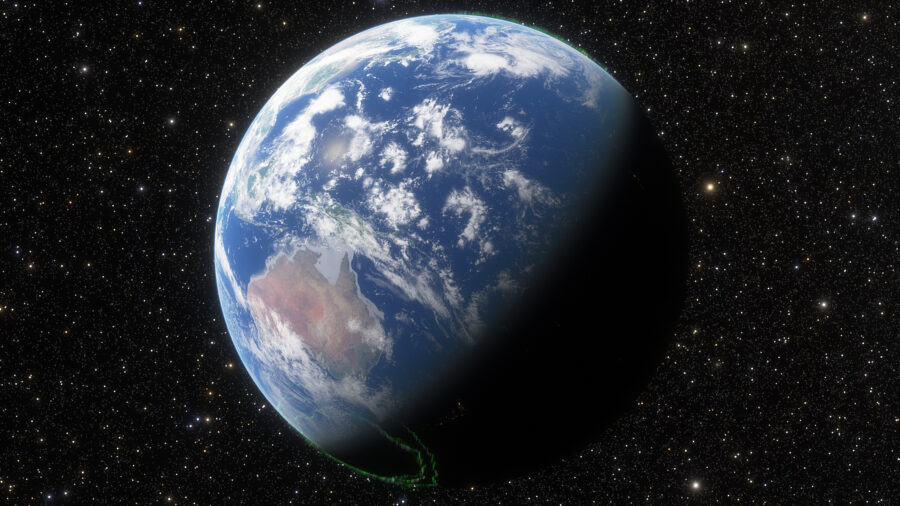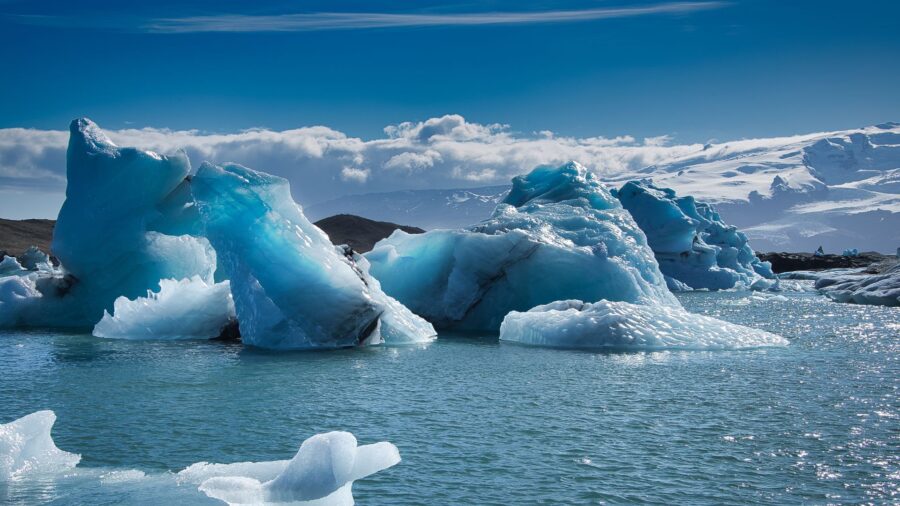The Earth’s Spin Is Being Affected By Our Water Usage
Scientists warn that our water usage has been so extreme it's altered the Earth's poles.

The human race has pumped a ton of Earth’s water over the years, and apparently, we’ve pumped so much that it moved the poles. According to ScienceAlert.com, we pumped so much groundwater between the years 1993 and 2010 that the poles migrated 80 centimeters (31.5 inches) toward the east.
These findings were published in an analysis led by geophysicist Ki-Weon Seo of Seoul National University in South Korea.
Additionally, our redistribution of Earth’s water, groundwater specifically, also confirmed estimates that the depletion of this groundwater led to a 6-millimeter rise in sea levels. While Earth’s rotational poles do frequently change, this study specifically seeks to see how human impact moves the poles, and it found that groundwater extraction is the biggest contributor out of ground-related causes.
To better understand how Earth’s axis is affected by climate changes and water redistribution, you have to consider how Earth’s rotational axis shifts when the distribution mass of the planet changes around the axis. The effect became prominent in the 1990s due to glaciers and ice sheets melting, but the impact of groundwater extraction was never studied specifically until now.
Scientists initially estimated in 2019 that around 2,150 gigatons of groundwater had been pumped between 1993 and 2010, but there wasn’t a good way to confirm this until now.
Seo and his team sought to look into this analysis and see how Earth’s water redistribution by humans actually affected the movement of the poles. They achieved this by observing climate models and using observational data of pole movements.

First, they modeled how the poles would move with melting from glaciers and ice sheets alone, and then they added groundwater extraction to the equation. The model would exactly match the data when they adjusted the groundwater estimates to 2,150 gigatons, confirming the earlier observations of the impact of groundwater.
So, now we’ve confirmed that redistributing Earth’s water contributes to sea level rise and the poles moving, and we know that the poles were moving at roughly 4.36 centimeters per year. The study notes that this movement could still be ongoing, but the data only went up to 2010. With that in mind, what is the solution to lessen further motion and sea level rise?
Fortunately, the study also revealed where pumping Earth’s water has the greatest impact, with the groundwater removed from mid-latitudes from North America and the North of India causing the most significant rise and motion.
Thus, by having these regions of the world attempt to lessen their groundwater extraction rates, then we may be able to mitigate the negative effects they cause. However, this is easier said than done and may take some time.
The primary use of the Earth water we pump is for agricultural reasons, with 70% of groundwater going toward agriculture. Clearly, we would need to implement technology to lessen water waste to help negate some of the impact of groundwater extraction on the poles. Still, something is better than nothing, so hopefully, something will be done to help limit groundwater extraction rates as soon as possible.










